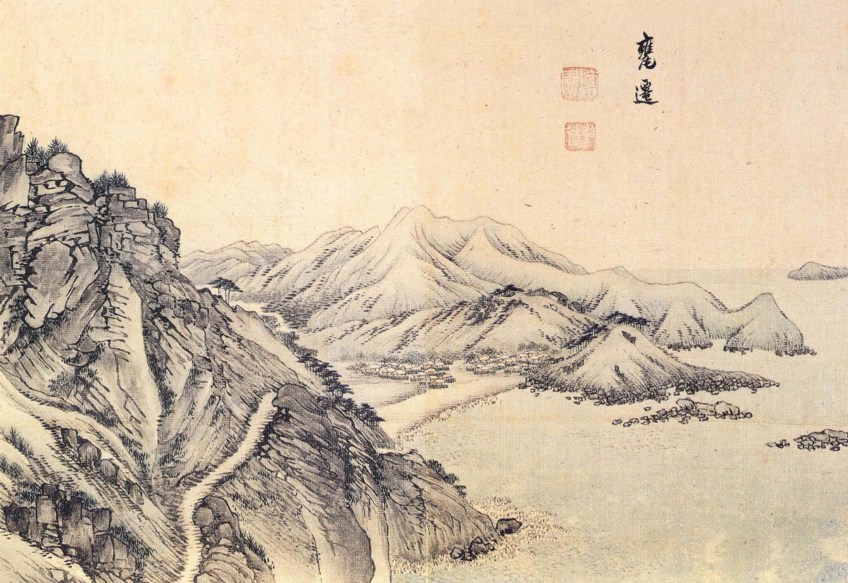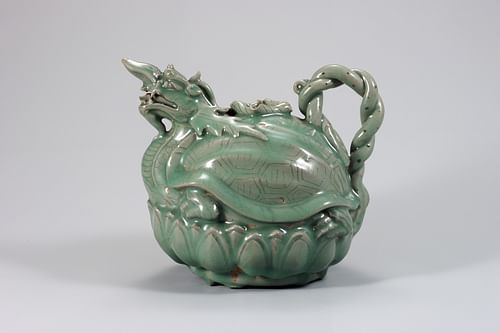Traditions
⎯⎯⎯⎯⎯⎯⎯⎯⎯⎯⎯⎯
South Korean traditions include the ethical code of conduct in social life and showing respect to the elders and family. Koreans also believe in sincerity and loyalty and follow certain codes of conduct while meeting, eating, praying and even celebrating. At times when many other cultures would shake hands, Koreans bow.

Koreans share one language, with approximately seventy million people around the globe speaking Korean. The language grammar and vocabulary are in some ways similar to Japanese; the structure differ.
South Korea's Traditions
Since the earliest settlements during prehistoric times, the people of Korea have developed a unique culture based on their outstanding artistic sensibility. The geographical conditions of the peninsula provided Koreans with opportunities to receive both continental and maritime cultures and ample resources, thereby forming original cultures of interest to and value for the rest of humanity, both then and now. Korea’s vibrant cultural legacy, comprising music, art, literature, dance, architecture, clothing, and cuisine, offers a delightful combination of tradition and modernity.
Language
The language grammar and vocabulary are in some ways similar to Japanese; the structure differs. Dialects are regional; differing mainly in accent, but are so similar that comprehension for speakers, or listeners, is not an issue. Key difference in dialect are also attributed to social status.
Korea has one of the highest literacy rates in the world due to the phonetic nature of the written language which was invented in the mid-fifteenth century to give one language to Koreans.
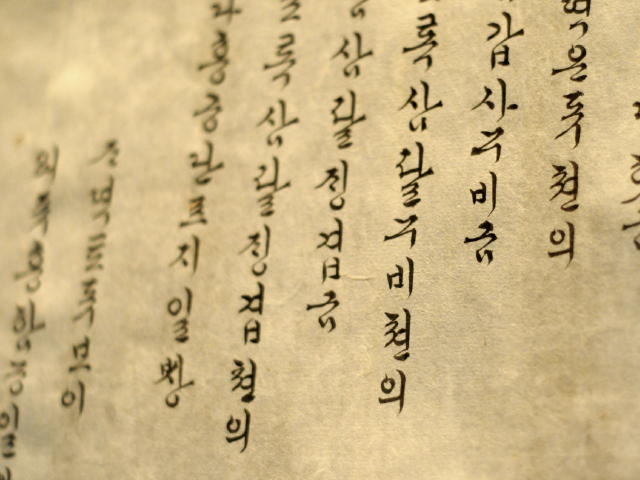
Beliefs
The spiritual ground and beliefs of Koreans are built mainly around the religions of Confucianism, Buddhism, and Christianity. Of these, especially Confucianism has a long record of influence in Korea, and its political and social philosophies can still clearly be seen in today’s Korea. However, Buddhism and Christianity are also highly visible in the society where the Buddhist South Koreans account for 46% of the population and a lot of the areas in South Korea that are listed as world heritage sites are Buddhist temples.
For example, the concept of hierarchy in Korea comes from Confucianism. The hierarchy is built based on a person’s age, job status, education level, and general social rank. Thanks to Confucianism, a lot of emphasis is put upon respecting one’s elders and ancestors.

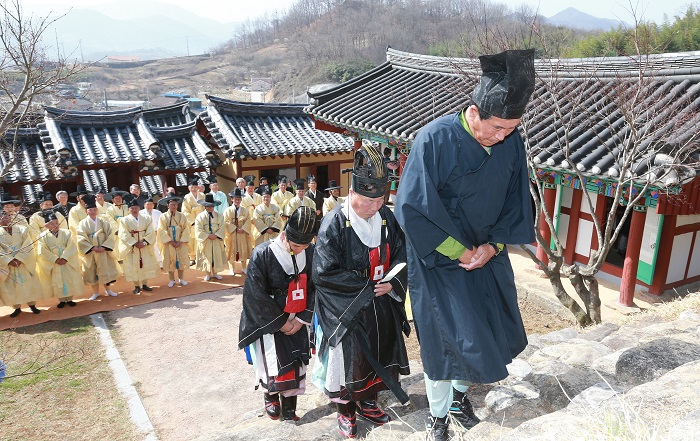
.jpg/dims/resize/740/optimize)
Traditions And Customs
There are two major holidays in South Korea every year: Lunar New Year’s Day (설날, seollal) in January-February and Korean Thanksgiving (추석) in September-October. Both holidays are celebrated together with family, with respecting ancestors, certain holiday foods, and family games playing a big part of the day. These are all part of the Korean traditions and customs.
One of the most important parts of 설날, both traditionally and today, is to perform a ritual called 세배 (sebae). In it, the whole family, dressed in 한복, performs a deep traditional bow, while wishing for the year to bring in a lot of luck. For food, it is normal to eat rice cake soup, savory pancakes, and stir-fried glass noodles with vegetables.
On 추석, on the other hand, it is 차례 (charye), an ancestral memorial rite, that is the most important part of the holiday. It involves a whole lot of preparation in order to create a table of offerings, and on the table will also be two candles at the edges, an incense holder in the middle, and the memorial tablet, symbolizing the spiritual presence of the ancestors, at the very center.

Korean dance
Based on Korean history, dances in Korea were formed as a part of shamanistic rituals, an impressive five thousand years ago. Over time and the different dynasties, varieties of folk dances have evolved from these ritualistic dances. There were more than 12 types of dances that were popular to perform in the court in front of royals, for example. Some of the most popular and common traditional dances, well-known even today, are as follows:
탈춤 (talchum) = a dance performed while wearing a mask
가인전목단 (gainjeonmokdan) = a calm dance where a vase of flowers is placed at the center of the stage and the dancers will dance around the vase, picking out flowers from the vase
농악 (nongak) = an energetic dance including also drums
부채춤 (buchaechum) = a fan dance.
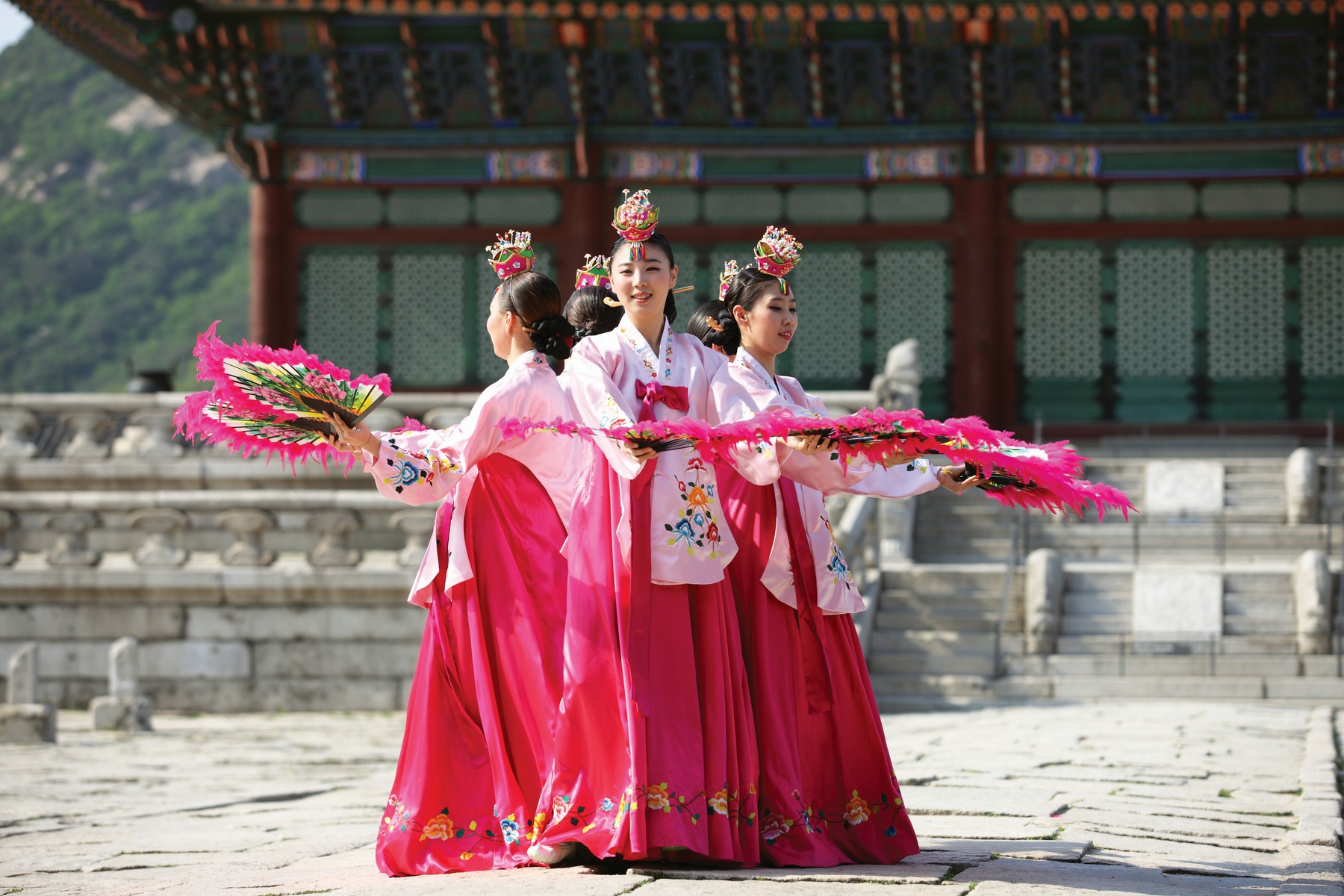
Korean Folk Music
Korean folk music is typically referred to as 판소리 (pansori), which has even been designated as an intangible cultural property by UNESCO. Pansori is performed by one singer and one drummer. Some pansori songs also include dancers and/or narrators. Another type of folk music is 풍물 (pungmul), which involves drumming, singing and dancing; it is traditionally called 농악, which has been mentioned above.

Korean Traditional Homes
A traditional Korean home is called 한옥 (hanok). It was thought that they cannot be built on any random spot, but the site to build the house on needs to be carefully selected. In detail this means that the houses should be built against a hill so that they’d receive as much sunlight as possible; a way of thinking that is still shared in modern Korea as well.
For heating, 온돌 (ondol) was used. 온돌 means floor heating. It has been in use in Korea since prehistoric times, and it is still the main form of heating today, in modern apartments as well, typically heated up using gas.








.jpg/dims/resize/740/optimize)


